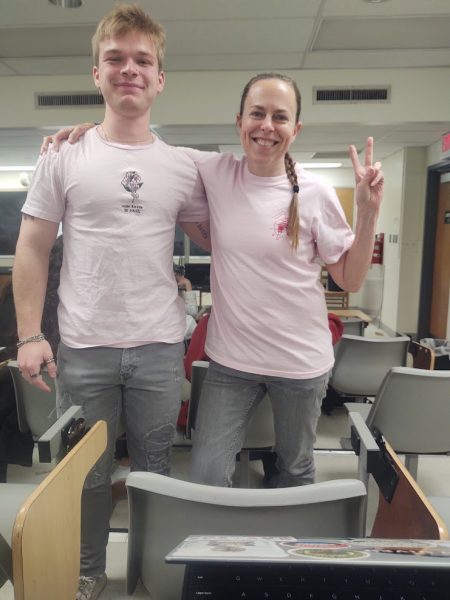GUN SMOKE AND TRAIL DUST
The undeniable appeal of the Western in America cinema
More stories from Editorial
American cinema is replete with period films, from ancient history to recent events, but there is only one type of period film that is a genre all its own: the western. Few films are as quintessentially American as the western. It has been around almost as long as cinema itself. One of the earliest—and most famous—American films is 1903’s “The Great Train Robbery,” a short film that follows a band of outlaws who rob a train and are subsequently pursued by a posse of lawmen. As the first of what would eventually become a staple of American cinema, it serves as a template for the typical western, cementing a formula that is followed to this day. The film is also arguably the most authentic, in that it was filmed at a time when the old west still existed.
John Wayne later popularized the genre, beginning with 1939’s “Stagecoach,” the film that made Wayne a star.
In the early 60’s, the role of Western icon passed to Clint Eastwood, with a series of films beginning with 1964’s “A Fistful of Dollars,” and culminating with 1992’s “Unforgiven.”
While both men popularized the genre, they also played their parts in romanticizing it.
While both men popularized the genre, they also played their parts in romanticizing it. Although Eastwood’s films portray a much more gritty, authentic version of the old west than Wayne’s did, both create an allure that sucked audiences in the moment the theater lights dimmed.
So why has the western become such a staple of American cinema? What is it about the time period that audiences find so appealing?
One of the reasons undoubtedly has to do with the portrayal of the American Frontier and a time when there were parts of this country left unexplored. In that regard, the idea of undiscovered parts of America creates a sort of mystery to the old west. Coupled with a sense of adventure, the western combines two great themes for dynamic storytelling—all set to the backdrop of a real period in history.
Additionally, no other genre of film truly celebrates the birth of America as we know it than the western. Since the western generally occurs after the Civil War, a defining period in the formation of modern America, it reflects a time that is innately understandable to U.S. audiences — it shows a country that is at once antiquated, but familiar.
But a western would not be the same without the outlaw. The outlaws, like the pirates of the 18th century, represent freedom — an idea that tends to conjure up a romanticized version of criminality in a uniquely American way. The appeal is that this freedom is set in a landscape that is recognizable as America. It is very easy for audiences to imagine themselves riding the open plains of Kansas or Nebraska, hearing the creak of leather and the pound of hooves against the ground as they ride toward an orange sunset through a haze of trail dust.
Although the reality of the time period is far less romantic, the ideas and images it conjures are undeniably appealing.
Your donation will help continue the work of independent student journalism at Marshall University. If you benefit from The Parthenon's free content, please consider making a donation.





